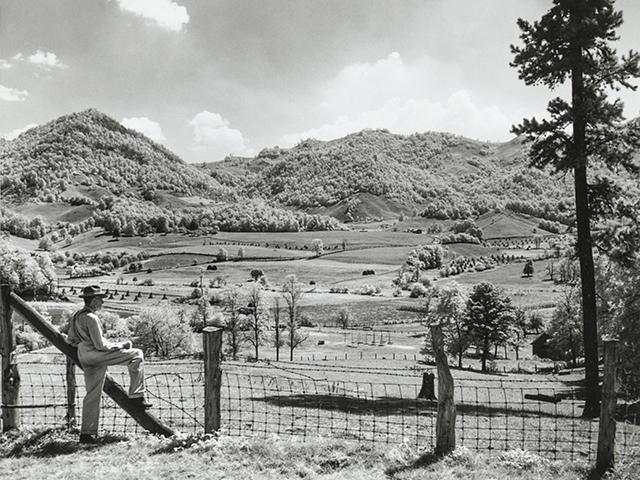
Agriculture is a cyclical business, and row-crop economics are facing headwinds. Here are a few contingency-plan categories to consider if you are working through a downturn on your farm.

Agriculture is a cyclical business, and row-crop economics are facing headwinds. Here are a few contingency-plan categories to consider if you are working through a downturn on your farm.

When contemplating how to help a family member financially, consider the following tips so the blessing of assistance doesn't become a source of severe conflict.

Chances are that somewhere in your future, your business will experience an ending, split or dissolution. Being prepared can be instrumental for positive family relationships.

This year, commit to a range of investments in key people, financial knowledge and future transitions.

Family farm or ranch operations can leverage rural networks, promote flexible family culture and offer creative benefits, such as housing assistance or ownership opportunities to attract and retain quality employees.

Succession is often narrowly framed as the movement of assets to the next generation. While such planning is important, there are nonfinancial issues, also, to consider.

There are things you can create today that are powerful in terms of legacy and your impact on others.

Chances are that somewhere in your future, your business will experience an ending, split or dissolution. You may not want to think about the inevitability of an exit, but being prepared can be instrumental for positive family relationships.

Dedication is often expected, and prized, on farms and ranches. But overdedication can have mental and physical consequences and cause one to keep pursuing a business in decline.

Feelings of remorse can get in the way of personal and business success. Recognize how these three guilt factors can be detrimental to a farm family.

This year, commit to a range of investments in key people, financial knowledge and future transitions. Here are some suggestions on what to think about regarding those investments.

In addition to capital, attitude and behavior are two other components to the farm business ownership equation that need to be considered.

How well do family members really "know" one another in terms of feeling heard or valued.

When it comes to managing a business, family businesses often struggle to discuss several key issues, including compensation, individual performance and transitions.

Consider new ideas and choices today that may represent new frontiers for your farm-based company as you contemplate the future of your family business.

A workquake is a time in your life when your work story changes, when what you do for a living is interrupted in some way. And it can be at the heart of your management succession.

Forgiveness is important to all of us, but it is especially important, and often difficult and emotional, in a family business.

Of the many things you intend to give the next generation, perhaps nothing has as much potential permanence as the principles and philosophies you leave behind.

In family-farm and ranch transitions, valuable gifts accumulated over a lifetime are an integral part of estate-planning strategies. Here are some discussions and processes to consider as part of your transition.

Delaying a successor coming back to the farm will give her or him the necessary education, perspective, skills and experience to eventually become a successful leader of the family business.
DIM[2x3] LBL[columns-mb-ag-list] SEL[[data-native-ad-target=articleList]] IDX[1] TMPL[news] T[]